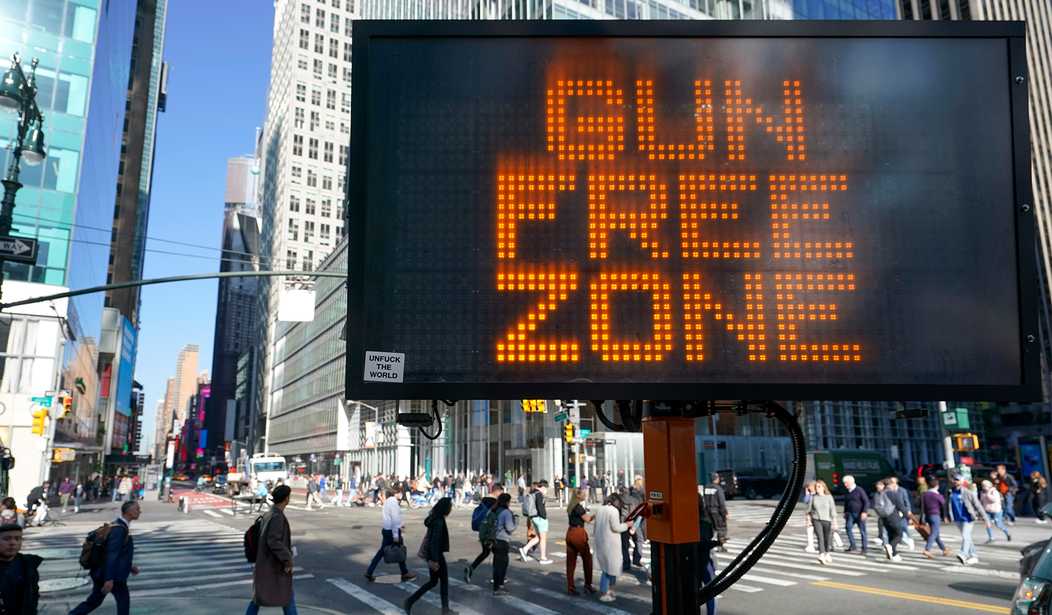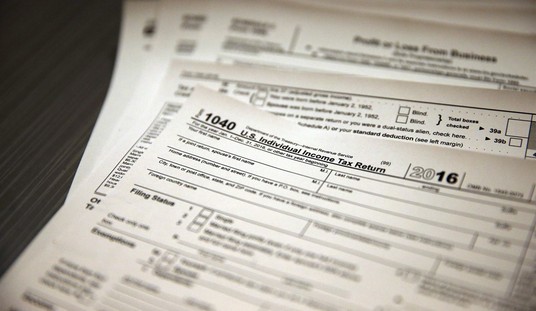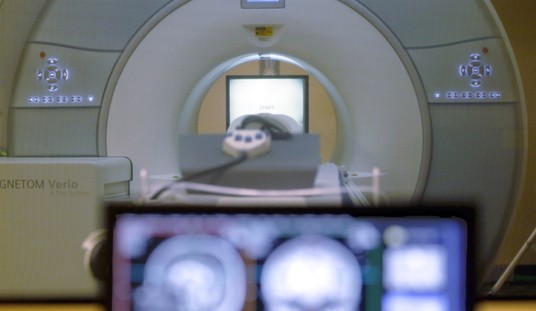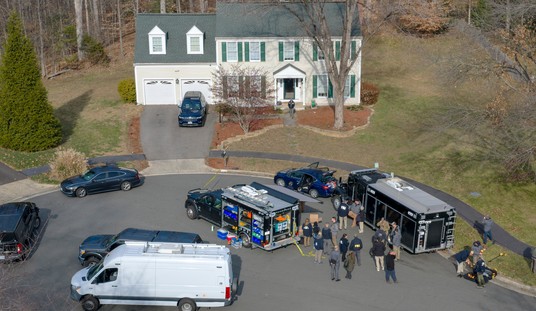The anti-gunner left has long argued that gun ownership among civilians should be limited because situations in which people have to use firearms to defend themselves are rare. Indeed, one of the main reasons why people choose to carry handguns is in case they are forced to protect their lives, property, and loved ones.
Despite oodles of data showing that defensive gun uses (DGUs) occur quite frequently, the gun control crowd insists on deceptively claiming that these situations rarely arise, which means people should not have the right to keep and bear arms. But John Lott, founder of the Crime Prevention Research Center, who has been on the front lines in the battle for gun rights, has debunked their claims once again.
In a conversation with the Washington Times, Lott pointed out that the Federal Bureau of Investigation has downplayed the percentage of shootings that end with a “good guy with a gun” using their firearm to save lives. The FBI has long held that only 4.4 percent of active shooting incidents are stopped by civilians using guns. However, Lott suggested the percentage is much higher: 34.4 percent.
The report notes that whenever there is a situation in which an armed civilian stops an active shooting, news agencies “are quick to point to the FBI’s findings as evidence that it’s a rarity.” The author points out that the Bureau’s data has also “been used in court cases” and in “debates on Capitol Hill and in state assemblies.”
However, Lott characterizes the Bureau’s numbers as “garbage and “distorted by shoddy work.”
“They should be embarrassed,” he told the Washington Times.
From the report:
The FBI‘s active shooter definition is different than all shootings, or even mass shootings. The FBI says it covers instances in which someone with a firearm is “actively engaged in killing or attempting to kill people in a populated area.” The point is to zero in on instances in which there is an ongoing use of a weapon and where there’s a chance for intervention to affect the outcome.
Instances of self-defense, drug and gang violence, hostage situations, and domestic disputes are discounted.
For starters, Lott pointed to the FBI’s reliance on news reports as an error. He argued that media outlets are less likely to cover stories in which an armed civilian uses their weapon to stop an active shooting.
Another issue is how the Bureau categorizes these incidents. The agency maintains incidents that involve domestic violence or drug dealing should not be counted. Moreover, if the “good guy with a gun” happens to be a security guard, the agency does not count it.
The author noted:
In 2019, for example, the FBI counted 30 active-shooter incidents and said none was stopped by an armed citizen.
Mr. Lott said the bureau missed 11 incidents altogether and misclassified one. That was a Dec. 29 shooting at a church in White Settlement, Texas, that the FBI listed as stopped by a security guard. That meant it didn’t count it as a good guy with a gun.
Mr. Lott, though, spoke to the shooter, Jack Wilson, who said he wasn’t a security guard but just a member of the congregation. Mr. Wilson also said probably 20 other members of the congregation were armed that day, too.
The report also notes that in 2021, “the FBI listed 61 active-shooter incidents, with perhaps four that were stopped by armed citizens.” But Lott says he found 112 incidents, 55 of which were ended by an armed citizen using a firearm.
From 2014 to 2021, the FBI counted 252 active-shooter incidents and says 11 were ended by an armed citizen, which is where they get the 4.4 percent figure. On the other hand, Lott’s research counted 360 incidents, 124 of which were stopped by an armed citizen, which amounts to 34.4 percent.
“In 2021, the data he has the most confidence in, he says it was 49.1% of the time,” according to the Washington Times. “And looking only at incidents in places where carrying weapons isn’t heavily restricted, the rate is closer to 60%.”
Lott also pointed out that it makes more sense to discount shootings taking place in gun-free zones, where law restricts people from carrying in certain places. This would obviously make it less likely that a civilian would be carrying a firearm in these areas. When removing those cases, Lott “identified 81 total active-shooter incidents in places where citizens are legally allowed to carry weapons” and noted that an armed citizen stopped the attack in 58 percent of these cases.
The fact of the matter is that defensive gun uses happen quite frequently, even outside of active-shooter situations.
Defensive gun uses happen quite frequently, and it is a crucial reason why the Second Amendment of the United States Constitution enshrines gun rights. Although gun control activists falsely claim that private gun ownership would lead to an increase in violence, data has shown that firearms can be used for defensive purposes.
According to the National Survey of Crime Victimization, between 2007 and 2011, approximately 235,700 Americans used guns to protect themselves from criminals annually. This is a significant number, considering that it does not include instances where the mere presence of a gun stopped a crime. When you add situations in which a person brandishes a firearm to scare off an assailant, the numbers climb even higher.
In conclusion, defensive gun uses happen far more often than the anti-gunners would have you believe, and it is necessary for individuals to be able to protect themselves and their loved ones. It is foolish to trust that the government will be able to protect you from the bad guys.
The Second Amendment provides the framework for the protection of the fundamental right to own firearms. While gun control advocates continue to push for disarmament, it is essential to acknowledge the numerous benefits of gun ownership, including self-defense and deterrence of crime. It is important to remember that the right to bear arms is not a mere privilege, but a fundamental right.
The opinions expressed by contributors are their own and do not necessarily represent the views of RedState.com.














